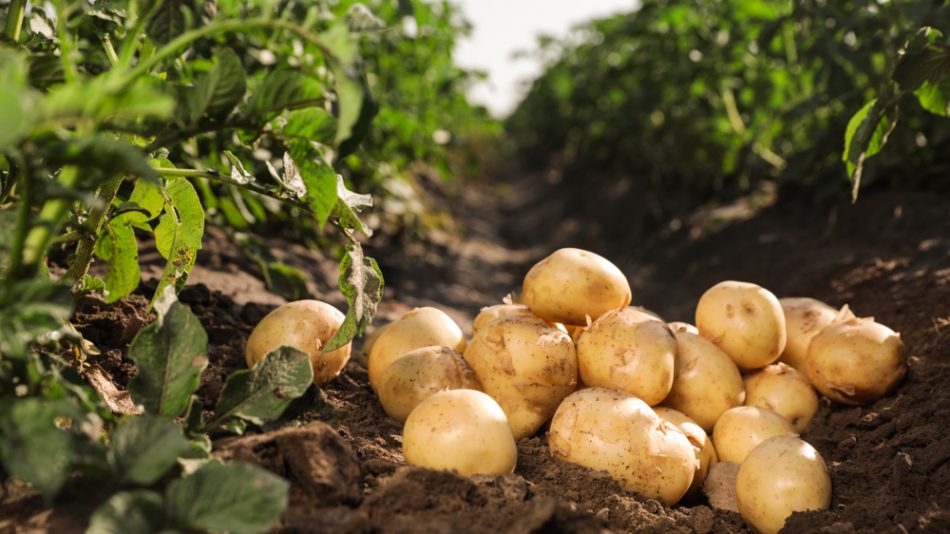The potato cyst nematode is a pathogenic worm and something of a global menace. When these little critters come across potato farms they infest the crops, drastically reducing yield and size. Some areas of Africa see a 60 percent decline in potato yield after infestation, negatively affecting people and economies.
A new study has found a solution in wrapping potato seeds in paper made from unusable parts of banana plants which effectively reduces infection from these pesky critters.
How effective was the banana paper at increasing yield?
Potato seeds were planted inside of a banana wastepaper bag and sprayed some with tiny amounts of the pesticide abamectin. This worm-killing chemical is currently the most effective way farmers have to stop the pests, and they normally administer it by spraying it all over the land.
The experiment was carried out by a team from North Carolina State University on a potato farm in Kenya. The results showed that the banana paper on its own substantially increased potato yield. It was the combination treatment that helped the most, though, increasing the yield five times more than the local practice of growing larger and more abundant crops.
“We knew that the banana paper would be successful, but not to this extent,” said Charles Opperman, a co-author of the study. “We previously had some success increasing yam yields in Benin using this ‘wrap-and-plant’ method, but nothing on the order reported here with potato.”
How does the banana paper stop the infection?
The report, published in Nature Sustainability, shows that the communication from the potato to the worm is blocked by the paper. The transfer of chemical signals between the two is how the worm figures out how to infest the vegetable.
“Nematodes love these chemicals; they stimulate the nematode’s growing process and inform the nematode about the best locations to infect the plant,” explained lead author Juliet Ochola. “But the banana paper – with or without doses of abamectin – disrupts the signaling between the potato and the nematode. The nematode can’t detect those compounds, so it doesn’t grow and it doesn’t know where to infect the plant.”
This approach is inexpensive, straightforward, sustainable, and accessible. Farmers from around the world can take up this approach and could potentially increase world crop yield. Plus, as only a tiny amount of abamectin is used to coat the leaves, compared to the usual amount sprayed over fields, the technique makes potato farming more environmentally friendly.
Source study: Nature Sustainability – Wrap-and-plant technology to manage sustainably potato cyst nematodes in East Africa











